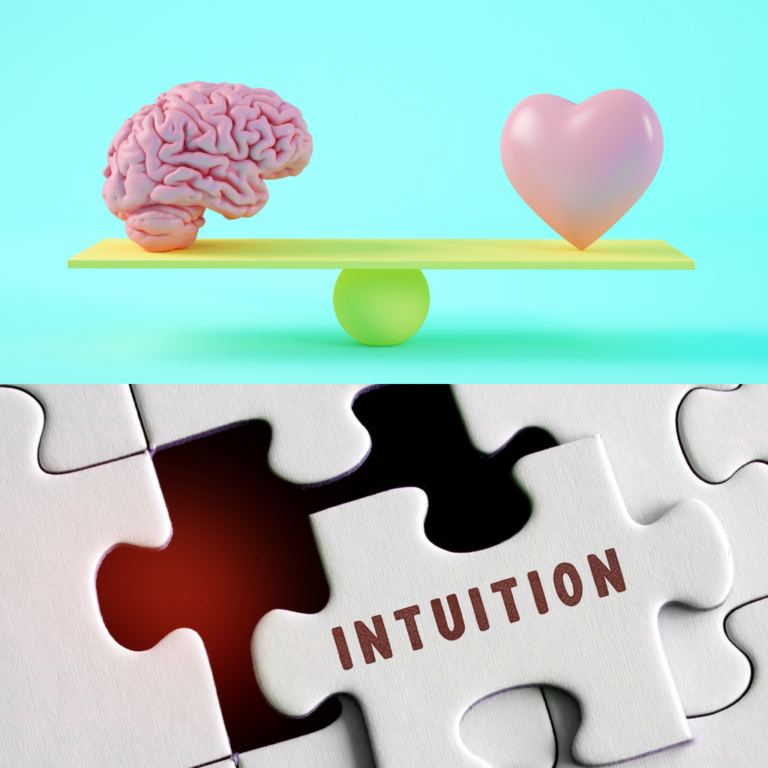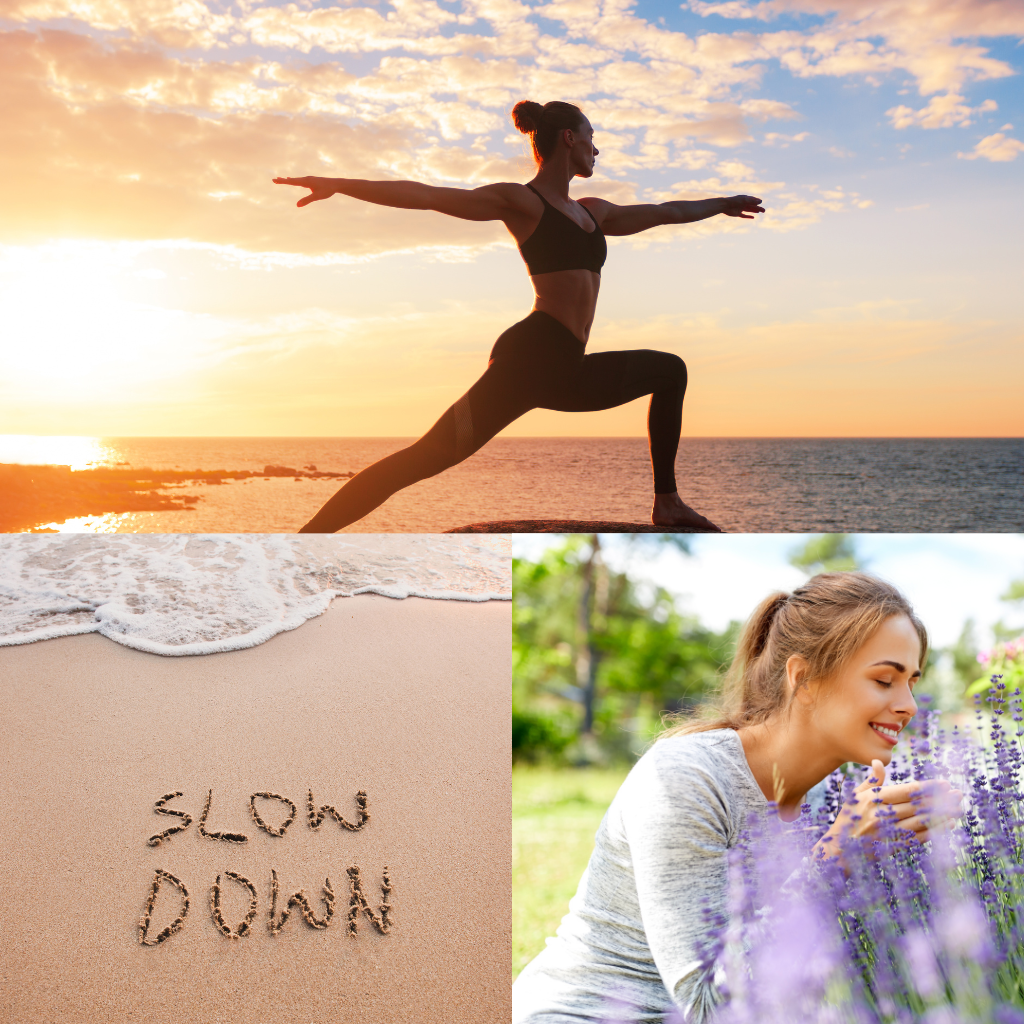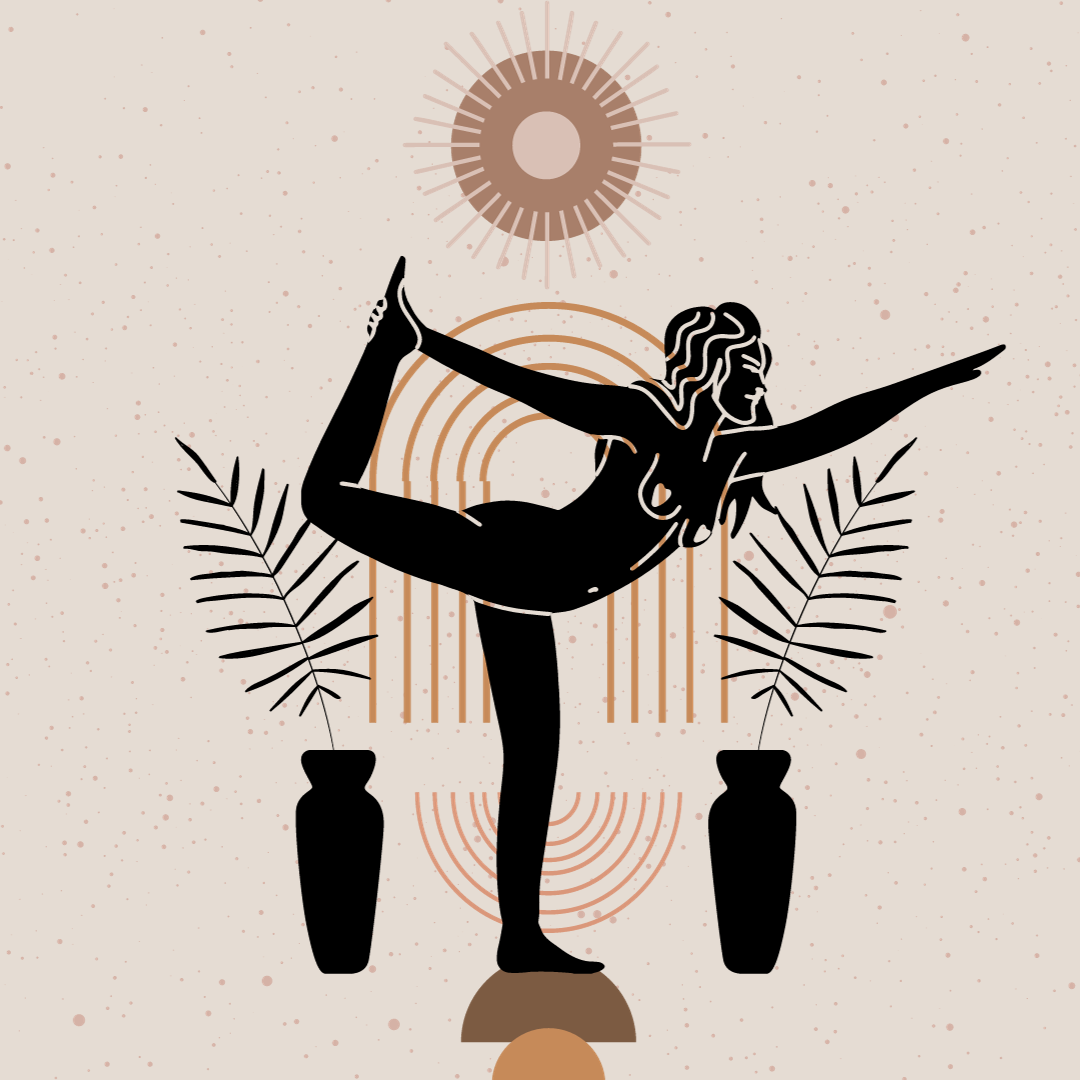Embodiment: The Art of Living Fully in Your Body
In our fast-paced world, it is easy to get caught up in the mental realm—constantly analyzing, planning, and processing. We often live in our heads, disconnected from the profound wisdom that resides in our bodies. Yet, true transformation, healing, and alignment happen when we embody our experiences rather than just intellectualize them.
Embodiment is the process of bringing awareness into the body, inhabiting it fully, and allowing it to guide us into deeper presence and authenticity. It is about living, feeling, and sensing from within rather than merely thinking about our experiences from the outside. In this article, we will explore the essence of embodiment, why it matters, and how to cultivate it in daily life.
From Energy Activation to Integration to Embodiment
When we engage in deep energetic work, such as Sacred Energy Activation, we often experience profound shifts—moments of awakening, emotional release, or expanded states of consciousness. These activations open new doorways within us, allowing energy to move more freely. However, the real transformation happens not just in the session itself, but in how we integrate and embody these shifts into our daily lives.
Integration is the bridge between activation and embodiment. After an energy session, we may feel heightened awareness, deep insights, or emotional releases. But without conscious integration, these experiences can fade, remaining as fleeting moments rather than becoming part of who we are. Integration involves allowing time for the nervous system to settle, engaging in self-reflection, and making space for these shifts to take root.
Embodiment is the next step—taking what has been activated and fully living it. It is the process of anchoring these energetic shifts into our physical, emotional, and mental being so that they become second nature. Instead of just remembering the feeling of alignment, we move, breathe, and act from that place of deeper connection.
What Is Embodiment?
Embodiment is the state of being deeply connected to our body’s sensations, emotions, and innate intelligence. It is not just about movement or physical health but about presence—being here and now, fully attuned to what is unfolding within us. When we are embodied, we don’t just process emotions mentally; we feel them, allow them to move through us, and integrate them into our being.
This deep integration creates alignment between mind, body, and spirit. It allows us to respond to life with greater intuition, clarity, and ease rather than react from conditioned patterns. Embodiment is also the key to authentic self-expression, as it helps us move beyond societal conditioning and into our true essence.
Why Does Embodiment Matter?
The body is not just a vessel that carries us through life; it is a gateway to presence, wisdom, and healing. Many of us have learned to dissociate from our bodies due to trauma, stress, or societal conditioning. We numb sensations, suppress emotions, and live from the neck up, disconnected from the intelligence that resides within.
When we reclaim embodiment, we begin to:
Regulate the nervous system: By staying present in the body, we cultivate a sense of safety and resilience, reducing stress and anxiety.
Heal emotional wounds: Stored emotions and past experiences often manifest as tension or discomfort in the body. Through embodiment, we can release and integrate them.
Enhance intuition: Our body communicates through sensations, and when we listen, we can make choices that align with our deeper truth.
Experience life more fully: Sensory awareness enriches our experience of the world, bringing more joy, pleasure, and vitality into our lives.

How to Cultivate Embodiment
Embodiment is not an abstract concept but a practice—a way of living and relating to oneself. Here are some ways to deepen your connection with your body:
1. Slow Down and Feel
Modern life conditions us to move quickly, but embodiment requires slowness. Take moments throughout the day to pause, close your eyes, and check in with your body. Notice any areas of tension, warmth, or sensation. Simply bringing awareness to these sensations is an act of embodiment.
2. Breath Awareness
The breath is a bridge between the mind and body. Conscious breathing practices, such as diaphragmatic breathing or alternate nostril breathing, can bring you into a more embodied state. Notice how your breath moves through your body, where it feels restricted, and how it changes with your emotions.
3. Movement Practices
Movement is one of the most direct ways to cultivate embodiment. Dance, yoga, tai chi, or any intuitive movement practice helps bring awareness into the body. The key is to move in a way that feels natural and expressive rather than performative.
4. Engage the Senses
Sensory awareness is central to embodiment. Spend time noticing the colors around you, feeling different textures, tasting your food fully, or listening deeply to sounds in your environment. Engaging the senses helps anchor you in the present moment and enhances your capacity to feel.
5. Somatic Practices
Somatic experiencing, body scanning, and other practices that focus on bodily awareness can help release stored tension and bring more presence into the body. These practices involve noticing how emotions manifest physically and allowing them to be processed rather than suppressed.
6. Emotional Awareness and Expression
Embodiment includes honoring your emotions as they arise. Instead of suppressing sadness, anger, or joy, allow them to be felt and expressed through sound, movement, or breath. The body holds emotions, and when we allow them to move, we create space for healing.
7. Connecting with Nature
Spending time in nature naturally brings us into our bodies. Walking barefoot on the earth, swimming in natural waters, or simply sitting among trees helps regulate the nervous system and foster embodiment.
8. Receiving Bodywork
Massage, energy work, and other forms of bodywork can support embodiment by helping release stored emotions and tension. These modalities bring awareness to areas of the body that may have been neglected or disconnected.

Embodiment as a Path to Transformation
Embodiment is not just a practice but a way of being. It allows us to move through life with greater ease, trust, and authenticity. When we are embodied, we don’t just think about transformation—we feel it, live it, and integrate it at a cellular level.
This is particularly significant in energy activation work, where the shifts we experience are not just conceptual but deeply somatic. Energy flows more freely when we are present in our bodies, allowing for deeper healing and spiritual awakening.
Ultimately, embodiment is about coming home to ourselves. It is about embracing our humanity while accessing the profound wisdom that resides within us. It is the art of fully living—not just in theory, but in every breath, sensation, and movement.
Final Thoughts
In a world that often pulls us away from our bodies, embodiment is a radical act of self-connection. It is a practice of reclaiming our presence, feeling fully alive, and integrating our experiences at the deepest level.
As you move through your day, take a moment to pause, breathe, and feel. Let your body guide you into deeper presence. The more you listen, the more it will reveal. Embodiment is not something you achieve; it is something you return to—again and again, in each moment, in each breath.
By embracing embodiment, you open yourself to a more vibrant, connected, and authentic way of living. And in that, you rediscover the profound intelligence that has always been within you.


